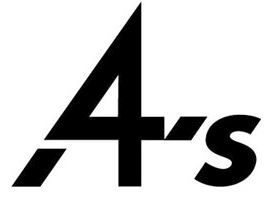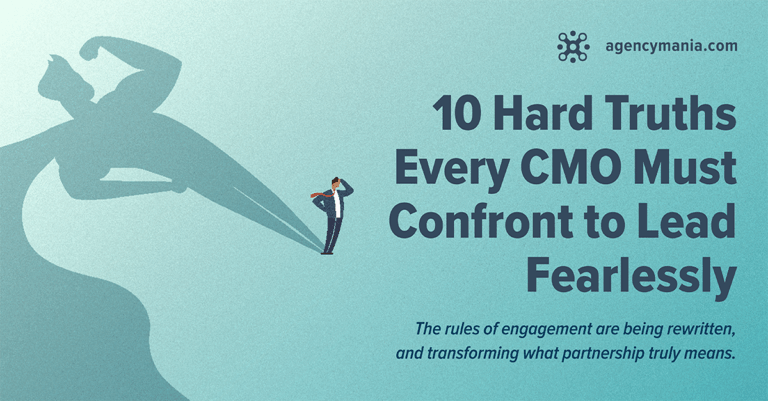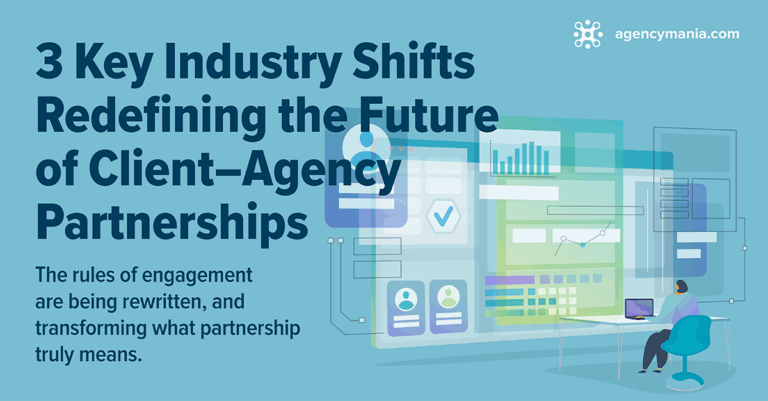Rethinking Agency Performance: The Value Index:
Let’s face it: brand advertisers are far more savvy than they used to be. They set targets to quantitatively measure the effectiveness of their agencies. They know how to evaluate the health of their agency relationships and the quality of engagement by conducting regular qualitative performance reviews. Advertisers have also learned to more accurately evaluate agency fee estimates or project costs with cost benchmarks in order to drive greater efficiencies. However, relying solely on any of the above to assess their performance would be short-sighted; agencies are rarely equal in their ability to meet specific goals, perform at a competitive cost, and deliver work seamlessly. Yet, when all three of these criteria–Effectiveness, Engagement, Efficiency– are met by a given roster agency, it’s the perfect recipe for value and client success.
Defining value once and for all
All marketers aspire to produce effective work, at a reasonable cost, and to do so in a way that is seamless and collaborative. They rely on their agency partners to take on much of that work. When they succeed and drive performance, they create immediate, real, tangible value for their organization. We call it the AMS Value Index™. Let’s take a closer look at each criterion and what it means to rank high:
- Effectiveness (work). It’s defined as work that performs well and meets, or ideally exceeds, the quantitative business or marketing objectives set by the client, e.g., reaching specific revenue or market share targets for a given brand. Ranking “high” here means that the agency is consistently performing and helping the client achieve its objectives.
- Engagement (relationship). It’s defined as delivering work that is quality, on brand, and executed with a reasonable amount of time, effort, and collaboration. Ranking “high” here means that the agency is engaging productively, delivering work in a highly collaborative and seamless manner.
- Efficiency (costs). It’s defined as work that is priced competitively, compared to what has been paid to that agency in the past, or based on what has been paid to similar caliber agencies. Ranking “high” here means that the agency consistently prices their services in a competitive way and the costs are deemed to be more than reasonable.
Focusing exclusively on effectiveness would fail to take into consideration whether an agency can do this work for sensible fees or without creating tension in the relationship. Focusing exclusively on efficiency would fail to take into consideration whether an agency can perform and meet the stated objectives. Focusing exclusively on the engagement and the health of the relationship would fail to take into consideration whether the agency can get the job done at a reasonable cost.
The methodology we developed takes into consideration different potential outcomes. As illustrated below, the table shows various combinations of scenarios, each leading to a different outcome, and recommended next steps for advertisers to consider.
For example, an agency indexing high on all three dimensions should be awarded more work over time. Why wouldn’t you consolidate your marketing spend with an agency partner that consistently performs, engages seamlessly and productively with your team, and does it at a competitive cost? That’s a no brainer. However, an agency indexing poorly on all three dimensions should lead to a performance plan or immediate termination. Anything in between exposes various opportunities for both the advertiser and the agency to work on, and as a result, improve the value received or provided.
Agency performance should not be limited to a single variable. We need to rethink agency performance and evaluate it on a multi-dimensional basis to thoughtfully reward business and build lasting and value-based relationships. Brand advertisers should implement a value index as they profile their agencies and look to extract as much value from their relationships as possible. After all, if you steer agency relationships for your company, you are equally accountable.
By: Bruno Gralpois, Co-Founder & Principal, ANA Faculty
Published on: April 12, 2019
Also Seen on 4A’s








